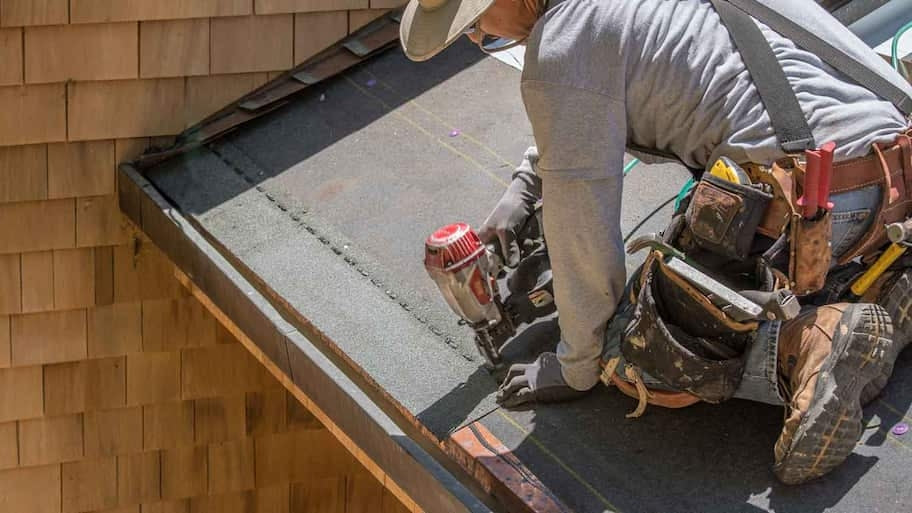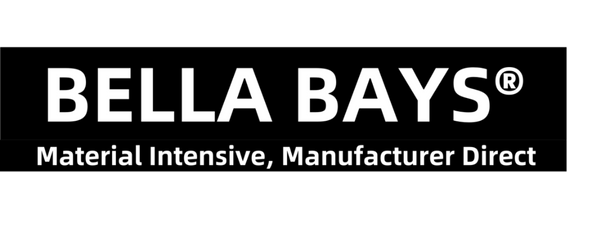
Transform Your Home with Copper Tubing and Copper Flashing
Believe it or not, it is a long story for using copper tubing and copper flashing.
3000 - 2500 B.C. copper tubing was used by Ancient Egyptians move water from the Nile to nearby crops and for other agricultural purposes. Copper tubing was introduced in the USA around 1927. By the 1940, copper tubing was the most used for plumbing in the developed countries.

What about copper flashing? Around 27 B.C., the Romans used copper metal roofing for the Pantheon. Around the 14th century, churches were also utilized copper roofing. There was a copper roof in Saint Mary’s Cathedral in Hildesheim, Germany and it was said to date from the 1300s. Kronborg had a copper roofing system installed on it 1585 A.D. In summary, copper roofing is arguably the oldest form of metal roofing.
Types of copper tubing
There are six types of copper tubing: Type K, Type L, Type M, DWV, Medical Gas and ACR.
Type K, Type L and Type M are the three most common types of copper tubing used for water and oil transportation, fire protection and HVAC applications. And we can distinguish them by color. Type K is usually identified by a green stamp; Type L, a blue stamp; Type M, a red stamp.

Type K is the thickest and the most durable. So it can withstand intense pressure and is used for main water lines and underground lines. By the way, it’s the best to use Type K for outdoor projects.
Type L is considered the most common type of copper tubing and is ideal for indoor plumbing, fire safety, and HVAC purposes. It is primarily used to repair and replace old interior branch water lines.
Type M is the thinner and is cheaper than Type K and Type L. Because of its thinner pipe wall, Type M is easy to cut and fit. So it is a common choice for repairs, replacements and extensions to interior water supply lines.
DWV stands for drain, waste and vent. DWV tubing is usually identified by a yellow stamp. It is approved for use only in drain and vent lines. Copper DWV is the thinnest type and is not strong or flexible enough to withstand extreme pressure. In a newer house, copper DWV tubing may be replaced by PVC pipe.
The tubing for Medical Gas is Type K or Type L with special cleanliness requirements. Oils of the tubing muse be removed in the manufacture. The tubing is normally plugged and capped after cleaning and brazed during installation under a nitrogen purge.
ACR copper tubing
ACR stands for Air Conditioning and Refrigeration. The tubing for ACR is specified by the actual OD (outside diameter) according to ASTM B280. It is used for air conditioning and refrigeration systems, natural gas, LP gas and compressed air.


In summary, copper tubing comes in several types based on the thickness of the walls in the pipe relative to the diameter of the pipe. When you want to buy copper tubing, you can select the right copper tubing just by matching the thickness of the copper tubing walls to the needs of the application.
Copper flashing
Copper is one of the materials used for flashing. So what is flashing? Flashing is used to direct water away from the joints and prevents it from entering the openings and cracks in a roof.
What are the materials commonly used for flashing?
They are pre-finished aluminum, pre-finished steel and copper. Pre-finished aluminum is the baseline metal use for flashing and it’s the cheapest, nothing special about it. So it is used for lower-grade roof systems.
Pre-finished steel is stronger and more durable than pre-finished aluminum. It is used for longer-lasting roof systems. And it’s the only one used on standing seam metal roofs.
Copper is the most premium type of flashing. Copper is going to raise the curb appeal and the value of your home because it is going to give it a really beautiful gilded finish, and it is also going to turn into this very unique patina look over time. Copper is the most expensive but the longest-lasting.
In a word, if you have enough money, copper flashing is the best choice.
What are the types of flashing?
There are three primary techniques. And each of them is suitable for different areas on the roofs.
Step flashing. Step flashing is best for where the shingles meet a wall or a chimney. It’s installed in steps so that the water pours down each step and down the roof.

Counter flashing. Counter flashing is where we saw into the mortar joint. And a piece of metal is tucked into the mortar joint and comes down over the top of it. It is often used to flash chimneys. On stone, masonry walls and chimneys by sewing into the mortar joint. That’s the one that look like steps.

Apron flashing. It is also called continuous flashing. It is used at the bottom of dormers or the base of chimneys. You can use this long piece of flashing to cover where the roof meets a side wall.

What are the thicknesses of flashing?
The thickness of roof flashing is typically 0.5 to 0.6 mm thick. But the real thickness may depend on the metal flashing user or the manufacturer. A copper roof flashing could be as thin as 0.3 mm. For example, the thicknesses of 12 inch flashing roll on Bella Bays, are 1 mm, 0.8 mm, 0.5 mm, 0.4 mm and 0.3 mm.
In summary, which materials of flashing you’ll go with, what flashing types you need and how thick the flashing you want are some details you need to first figure out to prepare for installing roof flashing. Now go for it!

Comments
Leave a comment